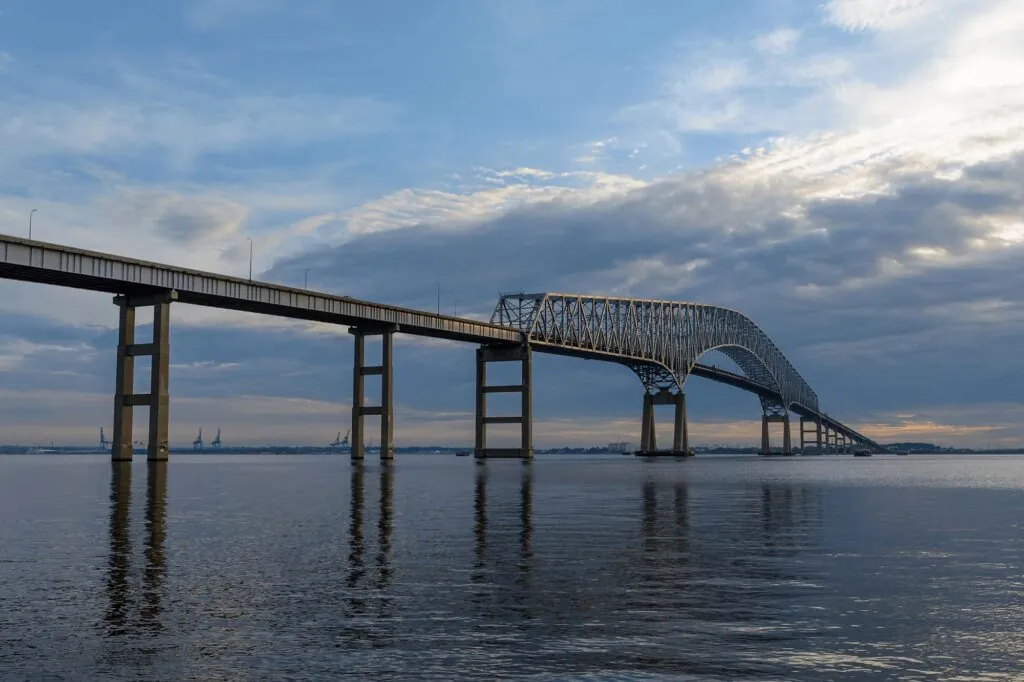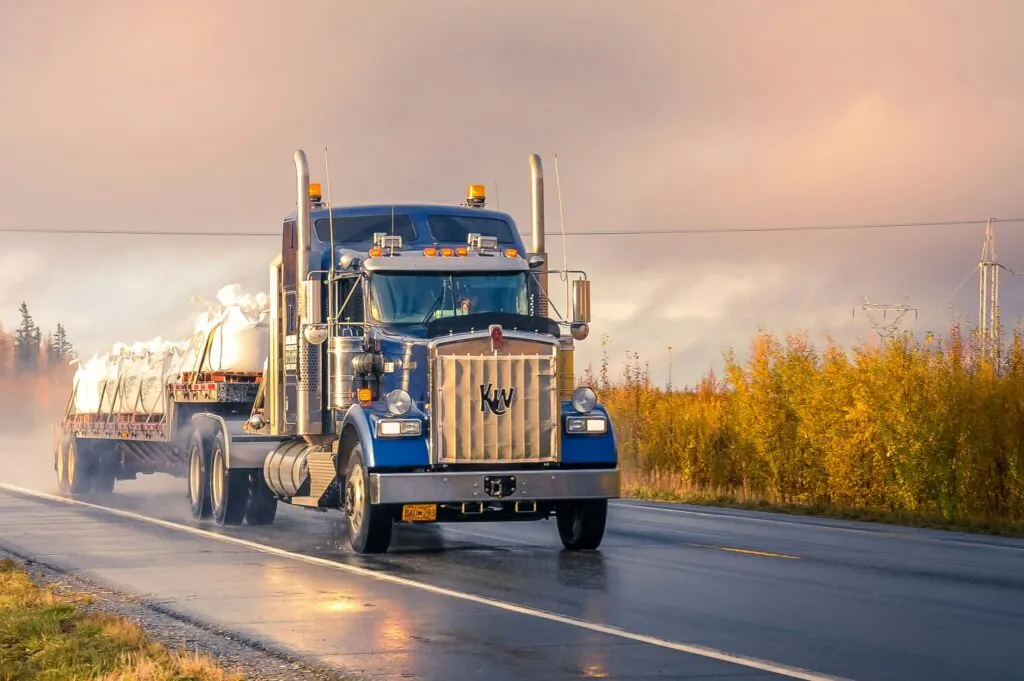Burn Injuries Caused by Construction Accidents in Philadelphia
Construction work is inherently dangerous, with workers frequently exposed to various hazards that can lead to serious accidents and injuries. Philadelphia, known for its booming construction industry, sees a significant number of construction accidents each year. These accidents not only impact the well-being of the workers but also have severe implications for their families and the broader community. Among the many types of injuries that occur on construction sites, burn injuries are particularly severe due to their potential to cause long-lasting physical and psychological damage.
Burn injuries in construction settings can result from various factors, including exposure to flames, hot surfaces, and hazardous chemicals. In a bustling city like Philadelphia, where construction sites are commonplace, the risk of such injuries is elevated, making it crucial for workers and employers alike to prioritize safety and adhere to regulations designed to protect workers.
Types of Burn Injuries in Construction Accidents
Burn injuries are a significant risk in the construction industry, where workers are frequently exposed to hazardous materials, high temperatures, and dangerous equipment. These injuries can vary widely in severity, from minor first-degree burns to life-threatening third-degree burns. Understanding the different types of burn injuries and their causes is crucial for preventing accidents and ensuring prompt and effective treatment when they occur.
Thermal Burns
Thermal burns are the most common type of burn injury in construction accidents. They occur when skin comes into contact with hot objects, flames, steam, or hot liquids. These burns can be caused by welding equipment, hot machinery, or open flames.
First-degree burns: Affect only the outer layer of skin (epidermis) and cause redness and pain.
Second-degree burns: Extend to the second layer of skin (dermis) and cause blisters, severe pain, and swelling.
Third-degree burns: Penetrate the full thickness of the skin and damage underlying tissues, resulting in white or charred skin and numbness due to nerve damage.
Chemical Burns
Chemical burns occur when skin or eyes come into contact with corrosive substances such as acids, alkalis, solvents, or detergents. Construction workers may be exposed to these chemicals through spills, splashes, or improper handling.
Symptoms: Redness, blistering, pain, and tissue damage.
Severity: Depends on the type, concentration, and duration of contact with the chemical.
Prevention: Proper training, use of protective gear, and adherence to safety protocols.
Electrical Burns
Electrical burns happen when an electric current passes through the body, causing damage to the skin and internal organs. Construction sites often have exposed wiring, power tools, and electrical equipment, increasing the risk of such injuries.
Impact: Deep tissue damage, potential heart, muscle, and nerve damage.
Signs: Severe burns at the entry and exit points of the current.
Prevention: Properly maintained and insulated equipment, use of personal protective equipment.
Radiation Burns
Radiation burns can result from exposure to ultraviolet (UV) rays from the sun or from welding arcs. Prolonged exposure to these sources without proper protection can damage the skin.
Symptoms: Redness, peeling, blistering, and long-term skin damage.
Severity: Repeated exposure increases the risk of skin cancer.
Prevention: Wearing UV-protective clothing, sunscreen, and face shields or goggles.
Friction Burns
Friction burns occur when skin rubs against a rough surface, generating heat that causes burn injuries. These can happen when construction workers slide or fall onto abrasive surfaces like concrete or gravel.
Characteristics: Combination of abrasion and thermal injury.
Effects: Pain, redness, and potential infection.
Prevention: Wearing protective clothing and ensuring safe working surfaces.
Flash Burns
Flash burns are caused by brief but intense exposure to high temperatures or explosions. These burns are common in environments where flammable gases or vapors are present, and a spark or open flame can cause an explosion.
Impact Areas: Typically affect exposed areas such as the face and hands.
Severity: Can range from superficial (first-degree) to partial-thickness (second-degree) burns.
Prevention: Proper storage and handling of flammable materials, wearing appropriate protective gear.
Arc Burns
Arc burns occur due to electrical arcs, which are bright, intense discharges of electricity that can generate extremely high temperatures.
Effects: Severe skin and underlying tissue damage, possible eye damage (arc eye or welder’s flash).
Severity: Typically severe.
Prevention: Using protective clothing and equipment, regular maintenance of electrical tools, adherence to safety protocols.
Contact Burns
Contact burns result from direct contact with hot surfaces or objects. In construction, this can happen through touching hot pipes, machinery, or tools.
Impact Area: Localized burn at the point of contact.
Severity: Can range from first-degree to third-degree burns.
Prevention: Use of protective gloves and clothing, marking and handling hot surfaces with care, allowing equipment to cool.
Steam Burns
Steam burns are caused by exposure to hot steam, which can occur in various construction processes such as plumbing or working with steam-powered equipment.
Characteristics: Severe and painful burns, often more intense than hot water burns.
Severity: Typically second-degree or third-degree.
Prevention: Using protective equipment, proper ventilation, caution when working with steam.
Scald Burns
Scald burns result from hot liquids or steam. These are common in environments where hot water or liquids are used, such as concrete mixing or cleaning operations.
Symptoms: Blisters and damage to multiple layers of skin.
Severity: Usually second-degree but can be first-degree or third-degree.
Prevention: Proper handling and containment of hot liquids, using insulated containers, wearing protective gear.
Radiant Heat Burns
Radiant heat burns occur due to prolonged exposure to radiant heat sources such as high-intensity lights or heating elements used in construction.
Impact Areas: Typically affect areas of the body exposed to the radiant heat source.
Severity: Can range from first-degree (sunburn-like) to more severe burns.
Prevention: Using reflective clothing, minimizing exposure time, maintaining a safe distance from heat sources.
Ultraviolet (UV) Burns
UV burns are a form of radiation burn caused by overexposure to ultraviolet rays, either from the sun or from artificial sources such as welding arcs.
Symptoms: Redness, blistering, and long-term skin damage similar to severe sunburn.
Severity: Usually first-degree but can lead to second-degree burns and increase the risk of skin cancer with repeated exposure.
Prevention: Wearing UV-protective clothing, using sunscreen, wearing face shields or goggles.
Cold Burns (Frostbite)
Cold burns or frostbite occur when skin and other tissues freeze due to exposure to extremely cold temperatures. While not a “burn” in the traditional sense, it causes similar damage to the skin and tissues.
Symptoms: Numbness, white or grayish-yellow skin, firm or waxy texture.
Severity: Can range from superficial (frostnip) to deep tissue damage.
Prevention: Wearing appropriate cold-weather gear, limiting exposure to cold, taking frequent warm-up breaks.
Microwave Burns
Microwave burns are rare but can occur in construction environments where microwave energy is used, such as in certain drying or curing processes.
Characteristics: Can cause deep tissue damage beneath the skin without immediate surface symptoms.
Severity: Often serious, affecting deep tissues.
Prevention: Proper use of microwave equipment, maintaining a safe distance, using shielding when necessary.
Laser Burns
Laser burns occur due to exposure to high-intensity laser beams, which are sometimes used in construction for cutting or measuring.
Characteristics: Can cause precise, deep burns at the point of contact.
Severity: Usually serious, with potential for deep tissue damage.
Prevention: Using laser safety goggles, maintaining proper safety protocols, ensuring only trained personnel operate laser equipment.
Prevention and Treatment
Prevention:
- Implementing safety protocols and wearing protective gear such as gloves, goggles, and flame-resistant clothing can significantly reduce the risk of burn injuries.
- Proper training on handling hazardous materials and equipment is essential.
- Regular maintenance and inspection of tools and machinery help prevent accidents.
Treatment:
- Immediate and appropriate first aid is crucial for all types of burns.
- Cool the burn with running water for at least 10 minutes.
- Avoid using ice or greasy substances like butter on the burn.
- Seek medical attention for severe burns, especially those that penetrate multiple layers of skin or cover large areas of the body.
Burn injuries in construction accidents can range from minor to severe and life-threatening. Awareness of the various types of burns and their causes is essential for preventing accidents and ensuring swift and effective treatment. By adhering to safety protocols, using protective equipment, and staying informed about potential hazards, construction workers can significantly reduce the risk of burn injuries and maintain a safer working environment.
The Impact of Burn Injuries on Victims
Physical and Emotional Consequences
Burn injuries sustained in construction accidents can have devastating physical and emotional effects on victims, often resulting in long-term or permanent damage. The severity of these injuries can vary, but they commonly involve:
Severe Pain and Suffering
Burn injuries are notoriously painful and can lead to chronic pain and discomfort. The healing process is often prolonged, requiring extensive medical treatment and rehabilitation, which can take a toll on the victim’s physical and mental health.
Scarring and Disfigurement
Burns can cause significant scarring and disfigurement, affecting the victim’s appearance and self-esteem. Such visible injuries can lead to a loss of confidence and affect personal and professional relationships.
Loss of Mobility
In severe cases, burn injuries can result in a loss of mobility or function in affected areas. This can limit the victim’s ability to perform daily activities, impacting their quality of life and independence.
Psychological Trauma
The psychological impact of burn injuries can be profound. Victims may experience anxiety, depression, and post-traumatic stress disorder (PTSD) as they cope with the aftermath of the accident and the changes to their bodies. The trauma can affect every aspect of their lives, from social interactions to their ability to work and enjoy life.
Financial Implications
The financial burden of burn injuries can be overwhelming for victims and their families. The costs associated with treatment and recovery are often extensive and can include:
Medical Expenses
Burn injuries require specialized medical care, including surgeries, skin grafts, and prolonged hospital stays. These treatments are costly and can quickly accumulate, leaving victims with significant medical bills.
Rehabilitation and Therapy Costs
Recovery from burn injuries often involves physical therapy, occupational therapy, and psychological counseling. These services are essential for helping victims regain function and cope with the emotional impact of their injuries, but they add to the financial strain.
Loss of Income
Many burn injury victims are unable to work during their recovery period, leading to a loss of income. In some cases, victims may be permanently unable to return to their previous jobs, resulting in long-term financial insecurity.
Home Modifications and Assistive Devices
Depending on the severity of the injuries, victims may need to make modifications to their homes to accommodate mobility challenges. Additionally, they may require assistive devices such as wheelchairs or prosthetics, which can be expensive.
Ongoing Care Needs
In cases where burn injuries lead to permanent disabilities, victims may require ongoing care and assistance with daily activities. This long-term care can place a significant financial burden on families.
Legal Rights and Responsibilities in Construction Accidents
Employer and Contractor Responsibilities
In the construction industry, employers and contractors have a legal obligation to maintain a safe working environment to prevent accidents and injuries, including burn injuries. This duty is governed by various laws and regulations designed to protect workers from harm. Key responsibilities include:
Compliance with OSHA Regulations
The Occupational Safety and Health Administration (OSHA) sets stringent standards for workplace safety in the construction industry. Employers are required to comply with these regulations, which include providing appropriate safety equipment, conducting regular safety inspections, and ensuring that workers are trained to handle hazardous materials safely.
Provision of Safety Equipment
Employers must provide personal protective equipment (PPE) such as gloves, helmets, and flame-resistant clothing to protect workers from burn hazards. They must also ensure that safety equipment is well-maintained and readily available on construction sites.
Implementation of Safety Protocols
Contractors and employers must establish and enforce safety protocols to minimize the risk of accidents. This includes proper handling and storage of flammable materials, regular equipment maintenance, and emergency response procedures in the event of a fire or chemical spill.
Training and Education
Workers should be adequately trained in identifying potential hazards and responding to emergencies. Employers have a responsibility to provide ongoing education and training sessions to keep workers informed about the latest safety practices and technologies.
Failure to meet these responsibilities can result in significant legal consequences for employers and contractors. Negligence or non-compliance with safety standards can lead to accidents, and employers may be held liable for the resulting injuries.
Victims’ Legal Rights
Construction workers who suffer burn injuries have specific legal rights designed to protect their interests and ensure they receive appropriate compensation for their injuries. Understanding these rights is crucial for victims seeking justice and financial restitution:
Right to Workers’ Compensation
Workers injured on the job are typically entitled to workers’ compensation benefits, which cover medical expenses, lost wages, and rehabilitation costs. These benefits are designed to provide financial support while the worker recovers from their injuries.
Right to File a Personal Injury Lawsuit
In cases where a third party’s negligence contributed to the accident, victims may have the right to file a personal injury lawsuit. This could include cases where defective equipment, negligent subcontractors, or property owners played a role in the accident. A successful lawsuit can result in compensation for pain and suffering, emotional distress, and other damages not covered by workers’ compensation.
Right to a Safe Working Environment
Workers have the right to a safe working environment, free from unnecessary hazards. If an employer fails to provide such an environment, workers may have grounds for legal action.
Right to Legal Representation
Victims of construction accidents have the right to seek legal representation to help navigate the complexities of their cases. An experienced attorney can advocate on their behalf, ensuring that their rights are protected and that they receive the compensation they deserve.
Understanding and exercising these legal rights is vital for construction workers who have suffered burn injuries. Legal support from experienced attorneys, like those at Fulginiti Law, can make a significant difference in securing fair compensation and achieving justice for injured workers.
How Fulginiti Law Can Help with Construction Burn Injury Cases
Expertise in Construction Accident Cases
Fulginiti Law has a long-standing reputation for providing exceptional legal services to victims of construction accidents in Philadelphia. Our deep understanding of personal injury law and its focus on construction-related cases make it uniquely qualified to handle complex burn injury claims.
In-Depth Knowledge of OSHA Regulations
Fulginiti Law’s attorneys are well-versed in OSHA regulations and other safety standards that govern construction sites. This knowledge is critical in building strong cases against negligent employers and contractors who fail to uphold their safety obligations.
Personalized Legal Representation
Fulginiti Law is committed to providing personalized legal representation tailored to the unique needs of each client. We understands that no two burn injury cases are alike, and it takes a client-centered approach to every case.
Steps to Take After a Construction Burn Injury
If you or someone you know has suffered a burn injury on a construction site, it’s crucial to take immediate steps to protect your health and legal rights. Acting promptly can make a significant difference in your recovery and the outcome of any legal actions. Here’s what you should do:
Seek Medical Attention
The first and most important step is to seek medical attention immediately, even if the burn injury seems minor. Burns can cause severe damage beneath the skin, and prompt treatment can prevent complications and aid in recovery. Document all medical visits and keep records of diagnoses, treatments, and prescriptions, as these will be essential for any legal claims.
Report the Accident
Notify your supervisor or employer about the accident as soon as possible. Reporting the incident promptly ensures that there is an official record of the event, which is vital for workers’ compensation claims and any potential lawsuits.
Document the Accident Scene
If you are able, take photos of the accident scene, including any equipment, machinery, or hazardous materials involved in the incident. Capture images of your injuries as well.
Gather Witness Information
Collect contact information from any witnesses who saw the accident occur. Witness statements can provide crucial support for your claim by corroborating your account of the incident and highlighting any safety violations that contributed to your injury.
Keep a Detailed Record
Maintain a detailed record of all expenses related to your injury, including medical bills, travel costs for medical appointments, and any modifications needed for your home or vehicle.
Taking the right steps after a construction burn injury is critical for your health and legal rights. Trust Fulginiti Law to provide the expert legal support you need to navigate this challenging time and achieve the best possible outcome for your case.



